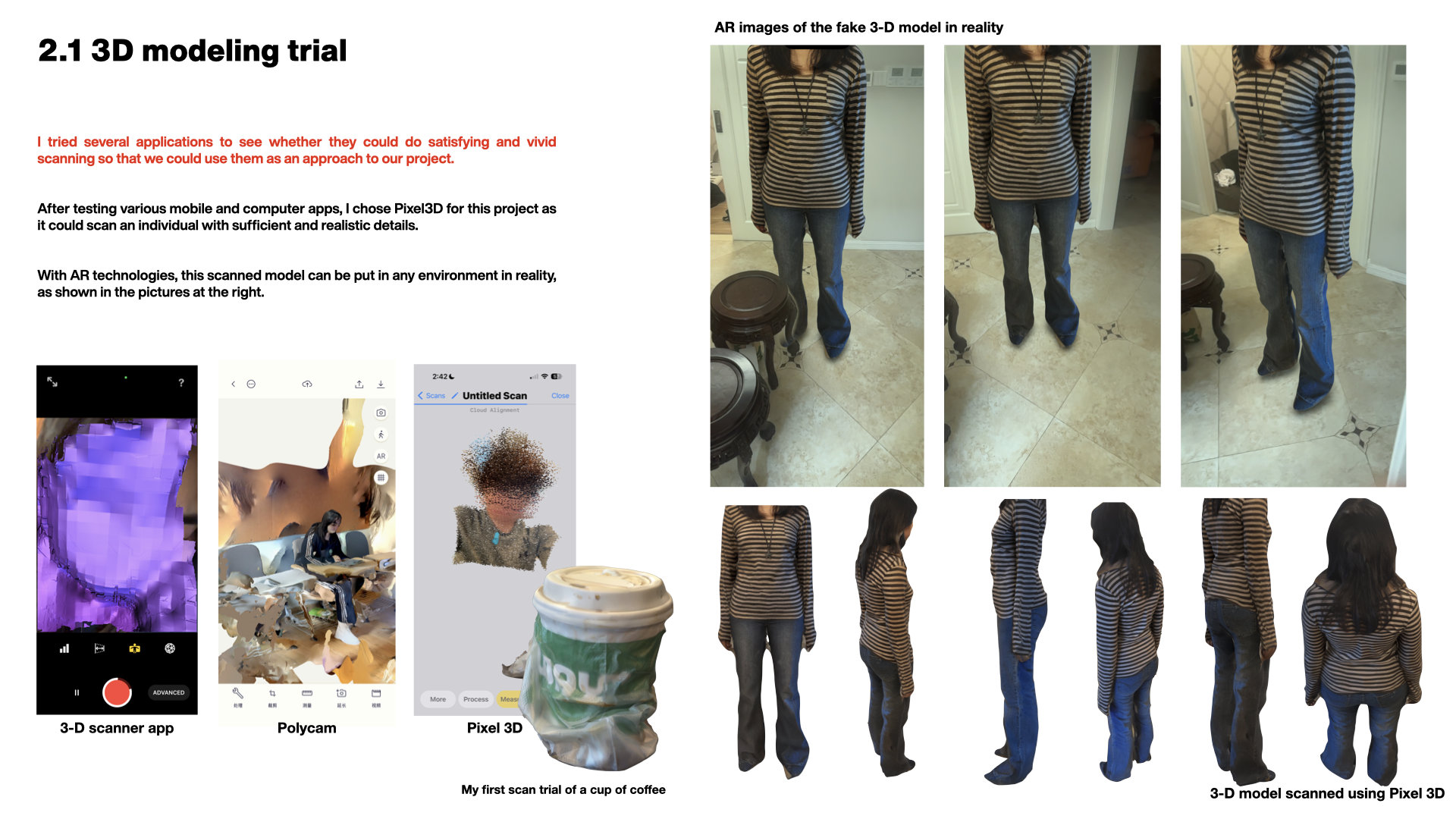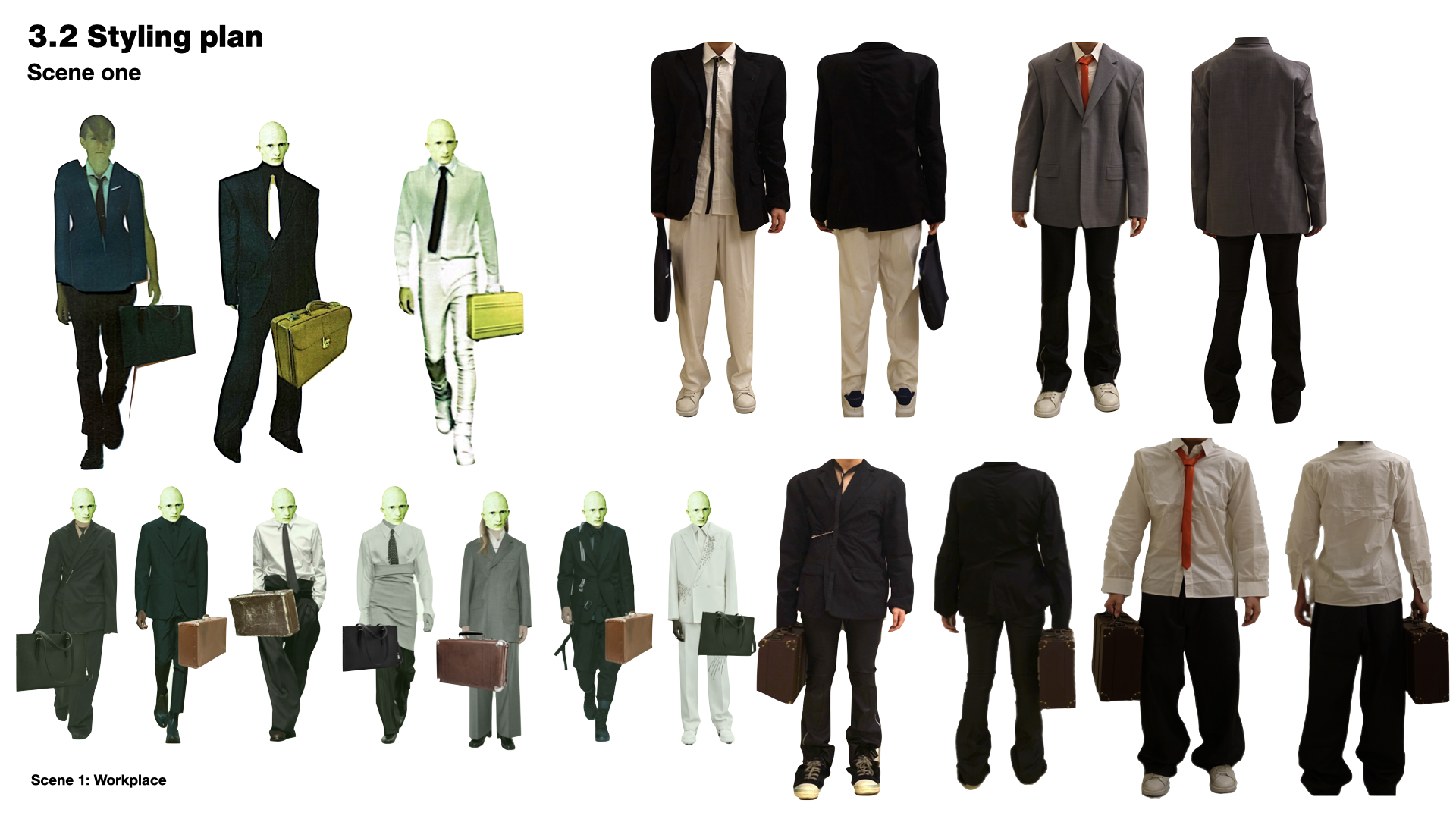Fashion photography project 2
<Faces of Deception>
Concept
People have not fully realized the serious issue of identity theft that the rapidly developing artificial intelligence technology may bring.
We have become accustomed to a worldview based on "seeing is believing" and have given full trust to all photos and videos we see online. However, with the continuous evolution and improvement of Deepfake and 3D modeling technology in the AI field, the generated images have reached a level where it is difficult to tell the truth from illusion. We are about to enter an era where seeing is not believing, where anyone can easily use AI-generated software to create photos and videos that have never existed before.
The Brookings Institution has summarized the potential dangers of these technologies, including personal information theft, impersonation of others for fraud, election manipulation, erosion of trust in institutions, and irreparable damage to the reputation of prominent individuals such as officials and candidates.
With the advancement of artificial intelligence technology, the generated images will become more perfect, and the dangers brought by technology will further intensify.
In this project, a 3D model scanned and modeled by a mobile phone was mixed into the crowd.
The 3D model built was initially mixed in the crowd and difficult to distinguish between authenticity.
With the story's development, this model gradually stood out from the crowd, changed into more exaggerated clothes, and put on more exaggerated actions. It laughed at people's ignorance in the surrounding flames and told the future disaster it would bring to human society.


Images









Project Planning & Collages












Additional information

The shanghai interschool fashion show with the theme of traditional borderlines incorporated two look from the project.
Look explanation:The top of the dress is a suit and tie that is unique to modern professional attire, and the bottom of the dress is a voluminous European poncho with skirt support (embroidered with three-dimensional roses at the hem).
The contrast between the large, voluminous dresses once worn only by royalty on grand occasions and the formal suits of today's white-collar workers challenges the boundaries of class dress and the definition of "formal" and "dignified" clothing. The combination of suits and power shoulders, which symbolize power in the commonly perceived male clothing system, and the royal skirt, which represents power in the European medieval women's clothing system, create a set of highly expressive clothing that blurs the boundaries between the two genders' clothing systems and challenges people's traditional perceptions of the two genders' clothing.











